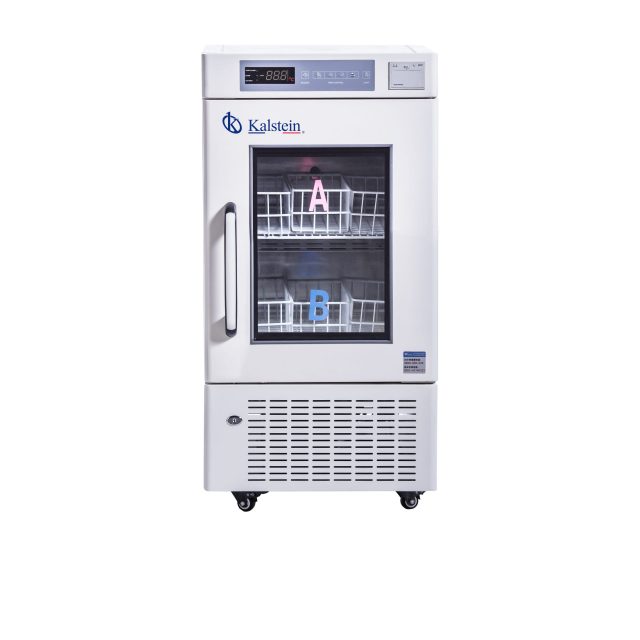A laboratory refrigerator is a device that allows the effective preservation of all types of substances refrigerated in it, whether liquid, solid or homogeneous. This equipment works by lowering the temperature, so it allows to control the effect that it has on the substances whose composition and structure is to be preserved, this is because the lower the temperature will be the rate at which chemical and metabolic reactions occur, which deteriorate the compounds. That is why they are used in the conservation of blood and derivatives, biological liquids and tissues, reagents, chemicals, and bacterial strains.
A refrigerator provides the conditions by which it is possible to preserve those elements such as blood and its derivatives that are necessary for diagnosis, research and the provision of health services. Cooling is used to find:
- Maintain the viability and function of the most important elements of blood.
- It prevents harmful changes in blood components.
- Minimizes bacterial proliferation.
Optimum temperature of blood conservation
As for the storage of blood and its derivatives, an ever-latent concern has been the narrow range of acceptable storage temperatures. Because if the blood gets too hot or too cold, it may deteriorate or there may be disturbances to its integrity that would not allow its transfusion. That’s why the blood bank cooler carefully monitors temperatures and uses airtight vacuum fans and seals to keep the environment within a narrow temperature range. They can also include quick recovery systems to match the temperature when the door is opened and closed.
Every element or component of the blood needs suitable conditions to maintain its good condition and integrity. In general, plasma has a long shelf life, medium red blood cells, and platelets a short shelf life. However, its safety depends to a large extent on storage being carried out in the proper manner and at the temperature each component needs:
- Platelets are stored at 20-24 °C for 5 days.
- The red blood cells are kept at a temperature between 2 and 6 °C for a maximum period of 42 days, although it may be fewer days depending on the anticoagulant used.
- Plasma is stored frozen at temperatures below -25°C for a maximum period of 12 months.
What do we offer you in Kalstein?
At Kalstein we are MANUFACTURERS and we offer an excellent range of laboratory and blood bank coolers at the best PRICES on the market. This time we present our professional Refrigerator YR05094 for storing blood, as well as medicines and bioproducts. Suitable for blood banks and hospitals. Among its main features we have: HERE
- Microprocessor controlled forced air cooling with electric heat compensation system.
- Digital temperature display for the upper and lower sections of the camera with a resolution of 0.1 °C.
- Consists of cabinet temperature 2-6 ° C.
- Integrated high-tech sensors to display and control temperature
- Automatic defrosting to remove moisture on the cooling surface.
- Large digital display for easy observation.
- Ergonomic design.
- Security lock to prevent unauthorized access.
- Storage space designed to easily classify a variety of blood products.
- Wheel design and interior light.
For more information we invite you to take a look at: HERE

